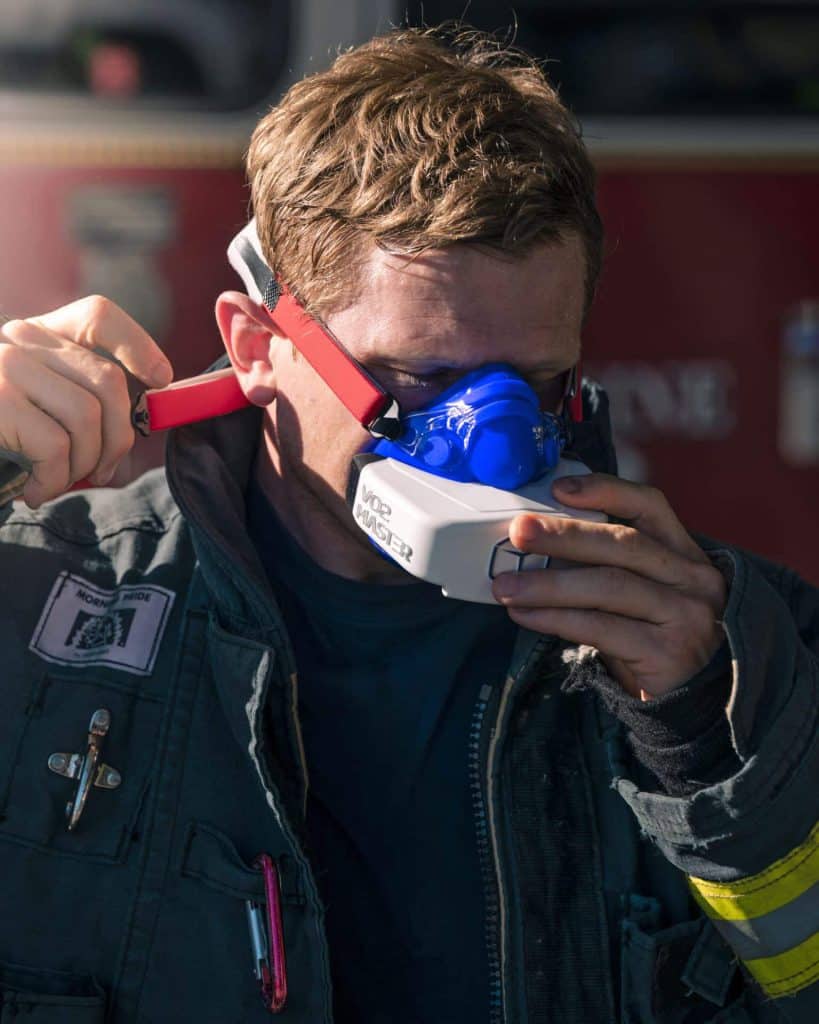The Norwegian Method Podcast: Defining the Performance Model and the Fundamentals of the Norwegian Method
Whether you’re an age group triathlete looking to qualify for the World Championships, one who already has, or an athlete of any experience level looking to level up your endurance training and race day performance, The Norwegian Method Podcast is for you. Presented by Santara Tech and hosted by Dr. David Lipman, Health and HumanContinue reading "The Norwegian Method Podcast: Defining the Performance Model and the Fundamentals of the Norwegian Method"
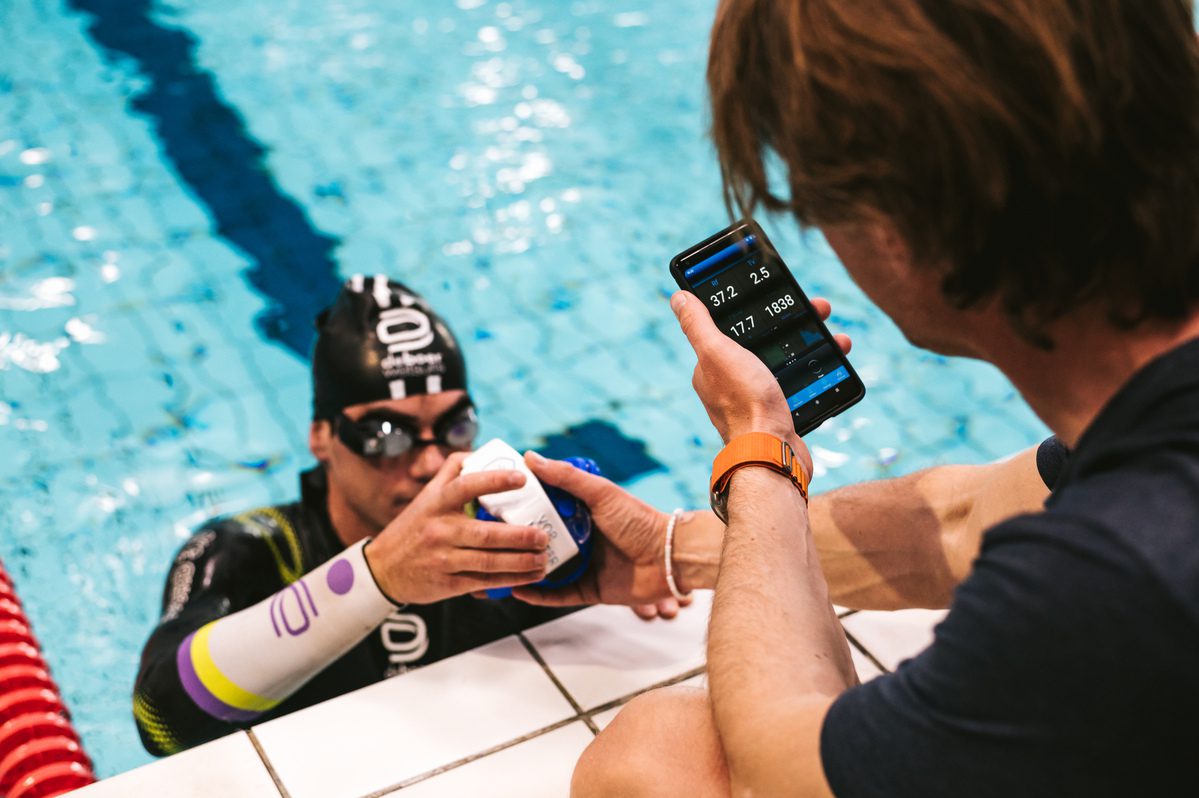
Whether you’re an age group triathlete looking to qualify for the World Championships, one who already has, or an athlete of any experience level looking to level up your endurance training and race day performance, The Norwegian Method Podcast is for you.
Presented by Santara Tech and hosted by Dr. David Lipman, Health and Human Performance Specialist, and Olav Aleksander Bu, Peak Human Performance Developer and coach to Kristian Blummenfelt and Gustav Iden, this series dives deep into all things triathlon.
Here are five takeaways from Episode 1: The Fundamentals of the Norwegian Method.
1. The Performance Model: Reverse Engineering Your Ultimate Goal
At its core, the Norwegian Method is rooted in a performance model—starting with an end goal in mind and reverse-engineering your endurance training in order to achieve it.
While training Kristian Blummenfelt and Gustav Iden—whether for long-course competition or on the road to the 2024 Olympics in Paris—Olav begins with one core metric in mind: velocity.
The same applies to triathletes at every level.
2. The 3 Key Components of the Performance Model
As a triathlete, your ability to sustain a target velocity for a defined period is the simplest formula for completing a race in your desired time.
This is why the Norwegian Method can be distilled down to a simple equation.
Velocity (the ultimate measure of performance) requires mechanical power (the amount of input needed to sustain your desired velocity) which requires metabolic power (the amount of fuel and oxygen needed to sustain that power).
The rationale is simple: when you start with velocity as your goal and work your way back, you’ll be better equipped to make informed training decisions that ultimately create your desired results.
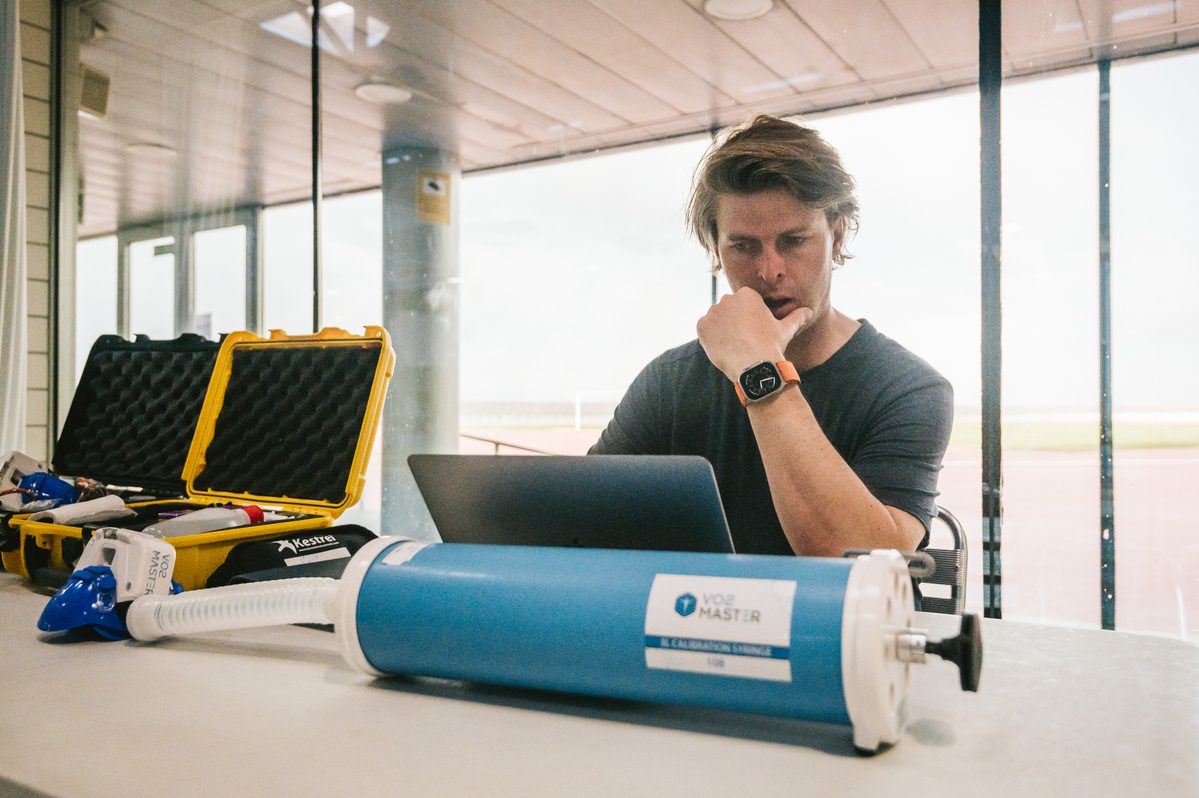
3. The Challenge with Prioritizing Too Many Training Metrics
When you break down each of the three elements of the Performance Model, there are contributing factors that come into play, such as aerodynamics, rolling friction, transmission losses, and more.
But as Olav is quick to point out, while it is possible for you to optimize for these factors, doing so doesn’t replace training.
He argues that it can be easy to get lost in the details and that metabolic power, mechanical power, and, ultimately, velocity are the keys to achieving success.
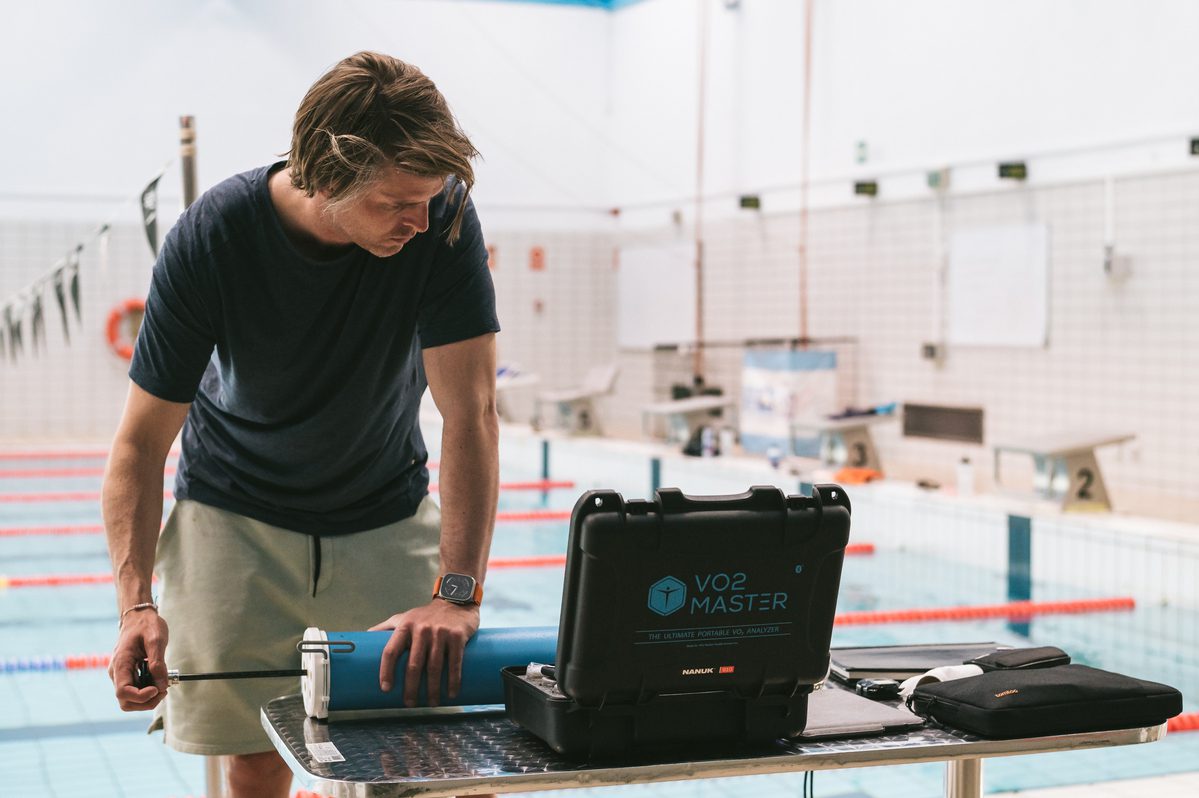
4. The Complexities of Navigating Your Own Unique Circumstances
Every athlete is unique.
On one hand, each athlete—whether they are a professional or an age-grouper—has unique constraints in terms of balancing their training and other obligations.
Every athlete eventually encounters limitations with time, physical output, and fuel intake on any given day.
And on the other hand, your physiology is uniquely your own. Your body is a complex system.
To effectively maximize your time, optimize your training, and achieve your ultimate goal on race day, you need to understand what you’re doing, how you’re doing it, and why. It’s imperative to create a hierarchy of priorities based on what’s being impacted and how it ultimately contributes to increasing your velocity.
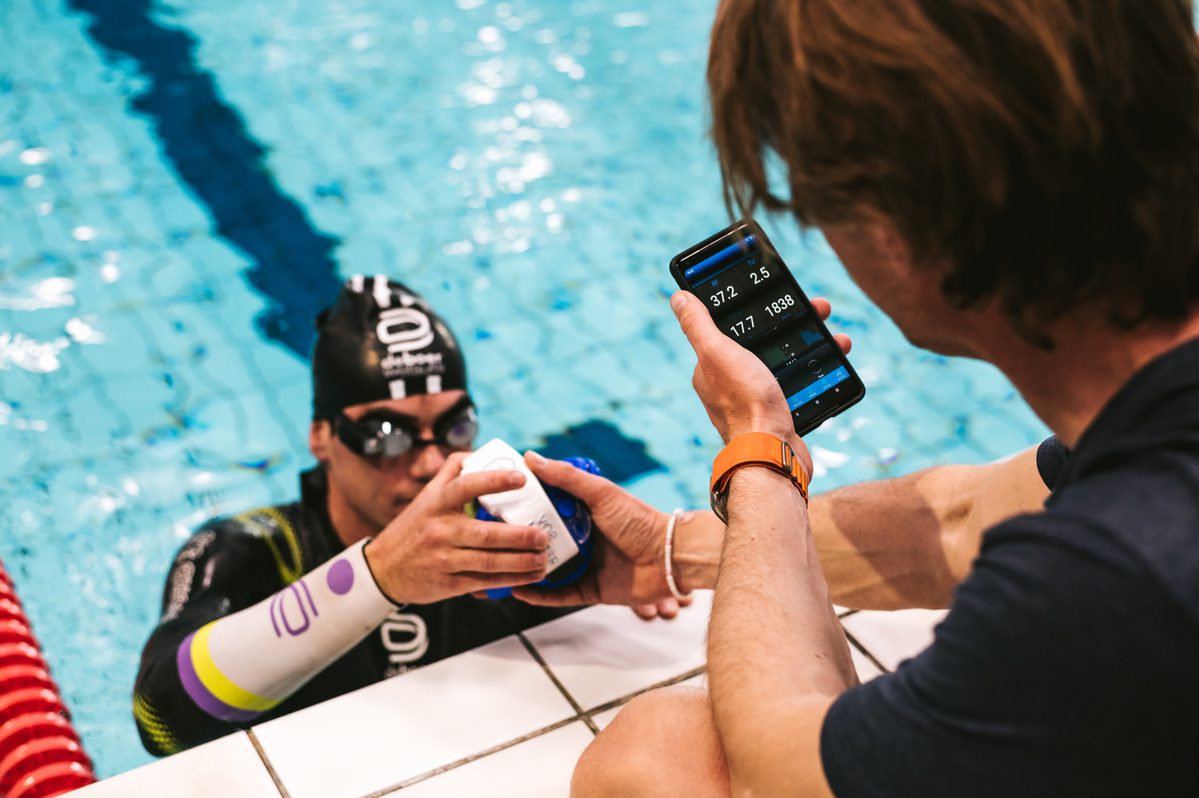
5. The Benefits of Regular Testing and Small, Controlled Changes in Training
Given your unique circumstances, it’s imperative to conduct regular testing that helps inform small, controlled changes that cumulatively contribute to your end goal.
Frequent testing helps better you understand these factors and allows you to build a hierarchy of priorities based on multiple factors and data points. Having a clear hierarchy paired with a North Star metric can help you stay dialed in on what matters most.
That’s why, when working with Kristian Blummenfelt and Gustav Iden, Olav incorporates sensors and technologies, including the VO2 Master analyzer, into the team’s training philosophy.
These tools act as accountants that help the team learn as they go and ensure they’re always staying true to their North Star—achieving increased velocity so they can complete races faster and secure more wins.
If you’d like to learn more, you can listen to episode 1 in its entirety. You can also find brand-new video content, news, and updates from The Norwegian Method on the VO2 Master blog.
